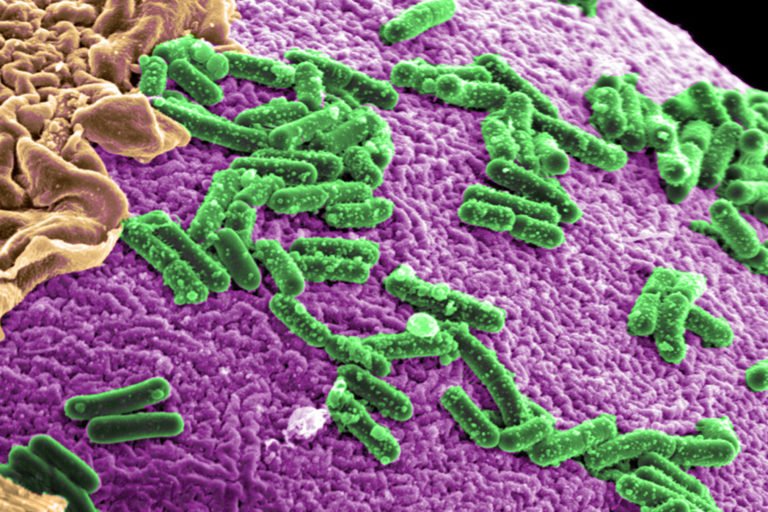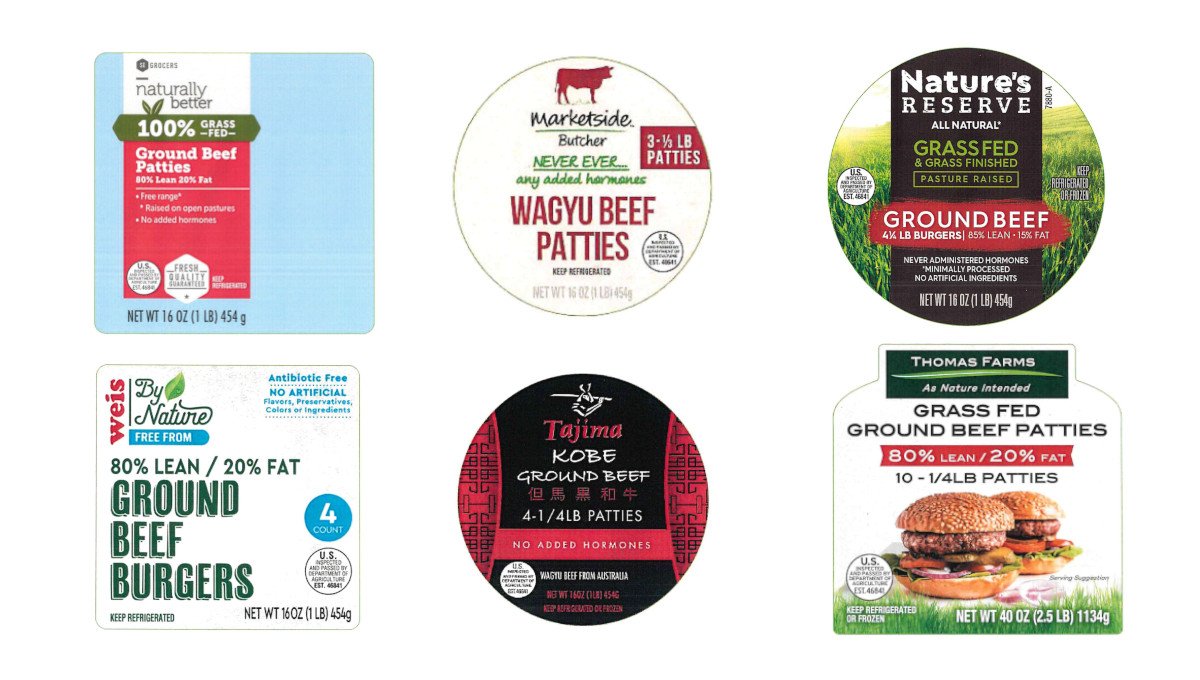- Earlier this month, the Global Environment Facility (GEF) announced a record replenishment of $5.25 billion covering the next four years, a 30% rise over the previous fund.
- Carlos Manuel Rodriguez, GEF’s CEO and Chairperson, calls the development a “fabulous breakthrough” and says more money could be committed to the fund later this year.
- Rodriguez is pushing for more flexibility in the fund’s grant-making, including more opportunities for non-state actors to receive money without government approval. Such a shift could result in more Indigenous peoples and local communities receiving funds.
- “GEF resources are for countries, not just the governments of those countries,” Rodriguez told Mongabay. “Countries are more than governments: among the various stakeholders are the private sector, NGOs, and communities.”
Earlier this month, the Global Environment Facility announced a record-setting $5.25 billion in pledges to support conservation and environmental protection programs worldwide over the next four years.
The 30% budget increase for one of the world’s largest and most influential environmental funders is accompanied by a shift in the GEF’s approach to grant-making, according to Carlos Manuel Rodriguez, its CEO and Chairperson.
Rodriguez told Mongabay that he is pushing to increase the flexibility and cross-cutting nature of the GEF’s grant programs. This includes new mechanisms for non-government entities to secure direct support from the GEF, rather than having to go through official government channels. If that approach bears out in practice it could enable Indigenous and local communities to secure more funds for conservation projects and environmental initiatives.
“GEF resources are for countries, not just the governments of those countries,” Rodriguez said. “Countries are more than governments: among the various stakeholders are the private sector, NGOs, and communities.”
“We are now planting a seed by which the GEF can provide direct access to non-state actors,” he continued, explaining that the approach–aside from the small grants program–has historically required NGOs to get approval from the national government to secure funds.
“That limits who can receive GEF support since in some countries civil society can have adversarial relationships with governments. We want to change that.”
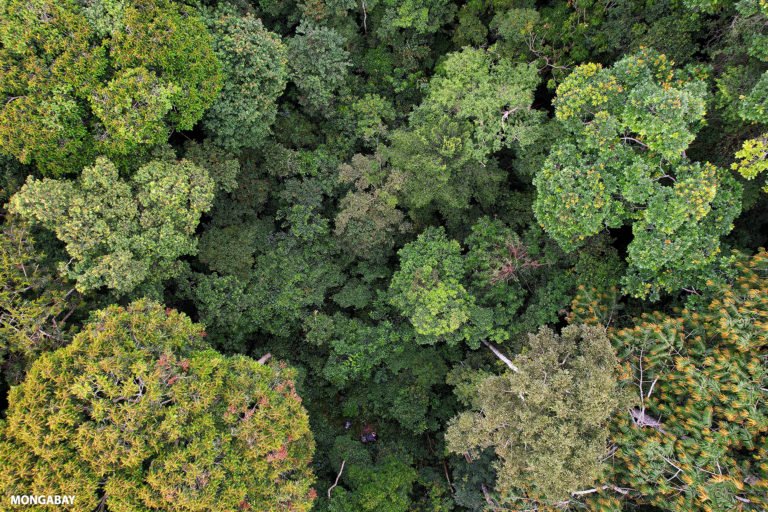
The GEF’s success in securing a record replenishment has come despite the pandemic and growing geopolitical turbulence.
“At the end of the day, the GEF is a political animal,” Rodriguez told Mongabay. “But what makes it different and able to generate progress is that the GEF is a mature organization. There’s a lot of written political agreements on how it should operate and that gives us the specific circumstances to keep on providing solutions and generating progress.”
“We’re really threatened by global challenges, but the GEF has proven to be kind of a bubble space, politically speaking, which gives us hope.”
Rodriguez spoke of these issues and more during an April 2022 conversation with Mongabay founder Rhett A. Butler.
This interview has been interviewed for clarity. To read an earlier interview with Rodriguez which provides more context on his background and vision for the GEF, see The post-COVID opportunity for the environment: An interview with the GEF’s Carlos Manuel Rodriguez, which was published in October 2020.
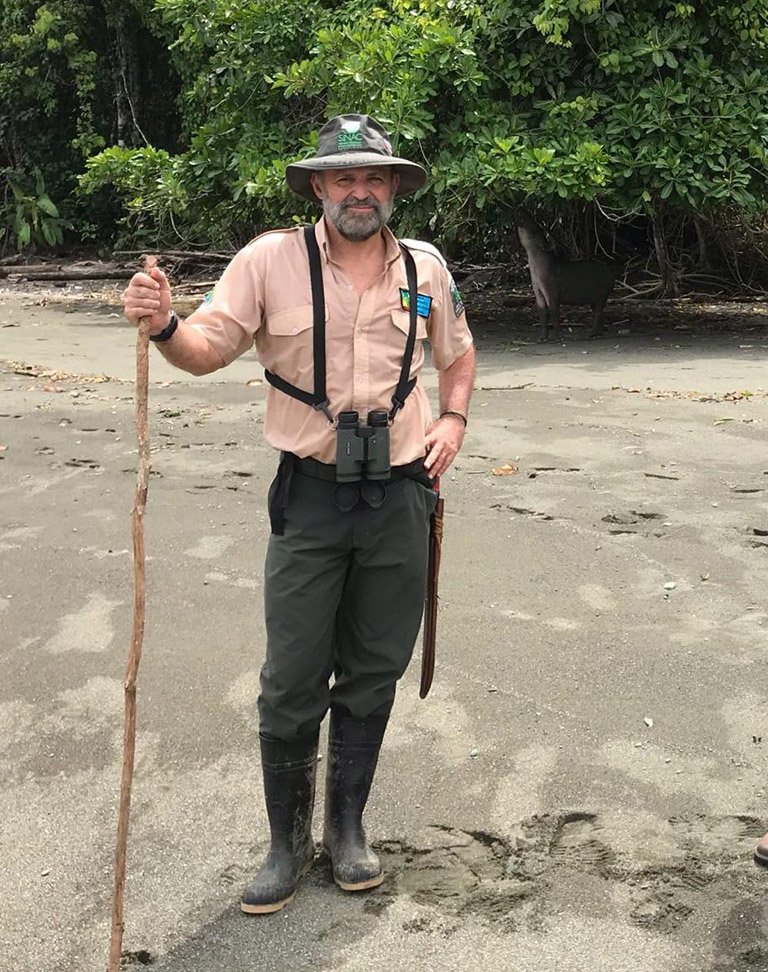
AN INTERVIEW WITH THE GEF’S CARLOS MANUEL RODRIGUEZ
Mongabay: This is the first replenishment of the GEF since you took the helm in 2020 and it is record-setting. Can you provide some context on the significance of this replenishment?
Carlos Manuel Rodriguez: This is a fabulous breakthrough. The GEF had plateaued around four billion during the previous three four-year periods. With this 30% increase, we’ve gone from a billion a year to more than $1.3 billion annually. The 30% increase is the biggest in at least 15 years.
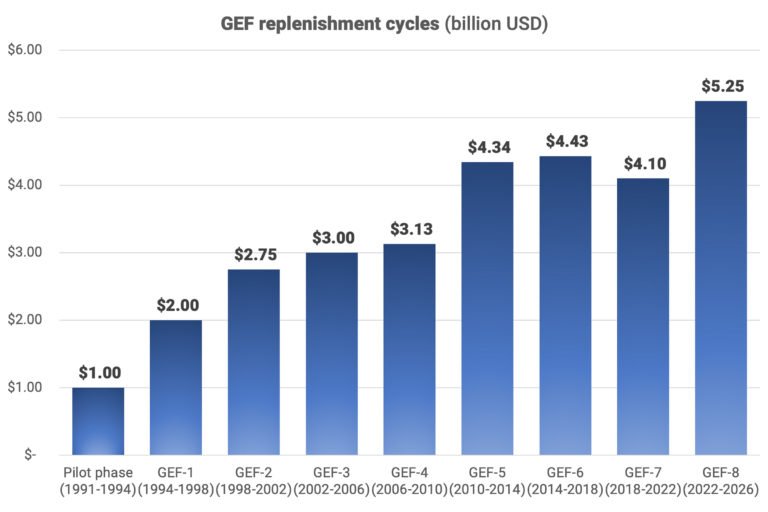
And there’s potential that this could grow because there are informal pledges that may materialize into formal commitments later this year.
Mongabay: What are some of the priorities for the GEF with this new round of funding?
Carlos Manuel Rodriguez: The priority is to help countries meet obligations under various international commitments, like implementing the Paris Agreement and the Convention on Biological Diversity. So that includes issues ranging from climate change to protecting biodiversity to plastic pollution to toxic chemicals.
At the center of this proposal is the need to build up, post-pandemic, in a way that ensures we have a blue, green, clean and resilient recovery. That means incorporating a One Health, One Planet approach that covers all aspects of environmental health.
Mongabay: How much do politics enter into the GEF process?
Carlos Manuel Rodriguez: Not all GEF donors are the same. We have two kinds of partners. They behave very differently politically.
We’ve got what we call the non-recipient donors. These are developed industrialized nations that have been in the core Of the GEF partnership in that they provide funding. The top donors to the GEF — like the U.S., Germany, Japan, France, and the U.K. — provide 80-85% of the funding. There are also a bunch of smaller but very important and consistent donors, like South Korea, New Zealand, Austria, Belgium, Luxembourg, the Czech Republic, Slovenia — that are part of this group.
Then we have recipient donors, who are nations that are donors which are also recipients of GEF funding. They contribute because they have a political interest in sitting down at the table where decisions are being made. Examples are China, Brazil, Mexico, and India. These countries sometimes have different political positions and priorities than non-recipient donors.
All this means the process is political, which can make the replacement process interesting and challenging, but also pushes us to find consensus on the programming and the size of the budget. This positions us well to work toward addressing the big challenges of the next decade.
Mongabay: On that front, how insulated if the GEF process from global tensions like Russia’s invasion of Ukraine? Do geopolitical issues slow the agenda from moving forward?
Carlos Manuel Rodriguez: The GEF is a political outcome of political negotiations that began 30 years ago. It’s a multi multilateral organism. So politics is at the core of what we do.
The political focal points are country ministers. In some countries that might be the Minister of Finance, in others it might be the Minister of Environment. So at the end of the day, the GEF is a political animal, for sure.
But what makes it different and able to generate progress is that the GEF is a mature organization. There’s a lot of written political agreements on how it should operate and that gives us the specific circumstances to keep on providing solutions and generating progress.
Unfortunately in the climate negotiation and now, more than ever, in the CBD negotiation when we need cooperation, things are turning very difficult and complicated as we see more nationalistic and populist movements at the country level.
We’re really threatened by global challenges, but the GEF has proven to be kind of a bubble space, politically speaking, which gives us hope.
Mongabay: $1.3 billion dollars seems like a lot of money, but relative to the scale of the problems we face, it’s not. What are your thoughts around the opportunity to catalyze greater impact?
Carlos Manuel Rodriguez: I know very well that development countries were asking for 100 billion dollars in the CBD and here the GEF is just increasing the pot by $1.5 billion over 4 years. The GEF itself will never be enough by itself but we are looking for ways we can have a higher impact by helping countries narrow that financial gap at the domestic level which will have an impact at the global level. So we will be investing in activities and projects that help align all public and private investment with the Paris agreement and the new CBD agreement. This will shift investments from perverse ones to positive ones.
There are a handful of countries that have already done it. My country, Costa Rica, was very successful once the way forward was identified and understood. We then went through the long learning-by-doing process in the face of a lot of political challenges, from the fossil fuel industry and big agribusiness, for example, which were resistant to allow changes to the incentives and subsidies they depend upon. The GEF is very fertile ground for these ideas.
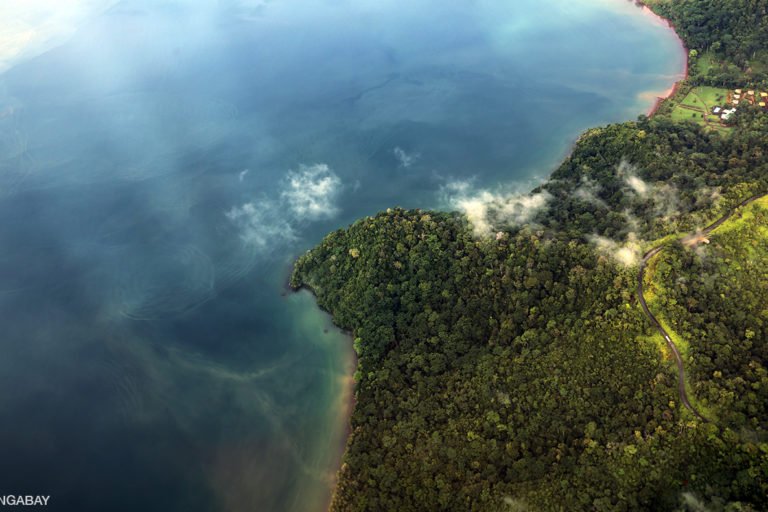
That being said, recipient countries like China, India, Brazil, and others welcome help from the GEF, but don’t want the GEF to be messing around with their domestic politics. They make the point that they are autonomous and sovereign nations. There is agreement that one needs to phase out perverse incentives and policies — the GEF offers a scientific and technical approach that can help countries make their own political calls they need to address these issues. The GEF provides the funding, the data, and the sector engagement to support this effort. I think this approach generates a lot of trust and confidence.
As the first CEO of the GEF from the Global South a lot of my ideas didn’t resonate with the Global North at the beginning. My friends in the Global South thought I was going to be a good Ambassador for the global South, but the reality is you have to take a political approach that builds consensus for action. Unilateralism doesn’t work.
Mongabay: Another component of politics would be the different stakeholder groups that aren’t countries. For example, Indigenous and local communities, which have traditionally been marginalized in these spaces. How is the GEF planning to navigate this lack of representation and ensure that funds reach those smaller communities which have less institutional capacity to seek out resources?
Carlos Manuel Rodriguez: I think what we — the GEF — proposed to donors is really ahead of the curve in terms of supporting non-state actors. One of the most important things that came out of the recent CBD meeting was the recognition of the role Indigenous communities and local groups play in protecting biodiversity. And there was really no political pushback on this front, which is unusual. There is widespread agreement on the need for this recognition and engagement.

I brought a different narrative when I joined the GEF in terms of how we operate. My narrative has been: GEF resources are for countries, not just the governments of those countries.
Countries are more than governments: among the various stakeholders are the private sector, NGOs, and communities. And even though the GEF has a small grant program that works with Indigenous communities, we’re still not there yet.
We need to generate conditions by which recipient countries go through a domestic consultation process. This isn’t just the priorities of the Minister of Environment or Minister of Finance — it needs to include meaningful engagement of stakeholders from civil society, the private sector, and communities.
I would say that in 30% of GEF recipient countries this can be easily done, and is already happening. But in the rest of the countries, it’s a huge task.
We are now planting a seed by which the GEF can provide direct access to non-state actors. This represents a paradigm shift because it is very different to what we’ve been doing for the past three decades. And we’ve received hard pushback from some governments who want to maintain control over the process. What this has meant in practice in many countries is an NGO currently has to go through a government screening process — like securing an endorsement letter from a government agency — to get GEF funds. That limits who can receive GEF support since in some countries civil society can have adversarial relationships with governments. We want to change that.
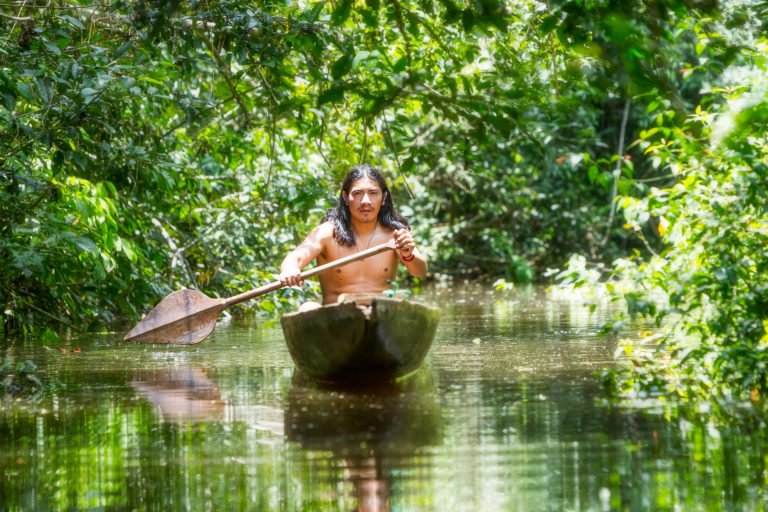
Through GEF-8, we will be promoting changes in this respect. Of course, you can understand this is politically sensitive in many countries, like those with human rights issues.
This shift isn’t a secret: I’ve been very straightforward about this issue. It’s the right thing to do and represents the spirit of what is coming out of this replenishment process.
Mongabay: I wanted to return to GEF-8’s funding priorities. Have they changed since GEF-7?
Carlos Manuel Rodriguez: Countries have competitive priorities — some want more action on climate change, others want more focus on biodiversity, etc — but the unwritten agreements of the GEF is you put money in the pot to support the overall vision. This has meant that within the very basic allocation of resources, countries have to design projects that respond to the different conventions, individually, rather than collectively.
With the thinking that restrictions limit impact, I’ve proposed a more flexible approach. This idea is based on my experience as environment minister in Costa Rica. When I started, I was in a straight jacket in terms of the rules imposed by the system.
I would like recipient countries to have more flexibility so they can use their resources to achieve multiple outcomes within all the conventions.
Secondly, we’re expanding our impact programs that augment the regular resource allocation. We’re going from three impact programs to 11. These range from developing the blue economy and accelerating the green energy transition. These impact programs give countries more opportunities to tap additional resources. So if a country has an allocation of say $15 million, it might be able to double that by accessing the impact programs.
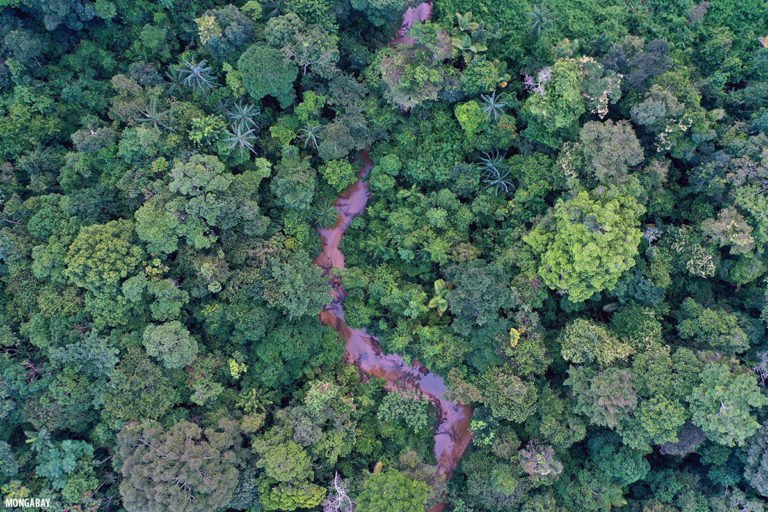
So more flexibility and integration are two of the responses from the GEF to the aspiration of countries to do more work on nature-based solutions.
The third area is policy coherence, which means there should be a cross-cutting element in every single investment that GEF makes. Countries have historically invested way more money in economic activities that destroy nature than they invest in protecting nature. We need to disrupt this policy incoherence to change the status quo. This means creating more positive incentives to do the right thing.


